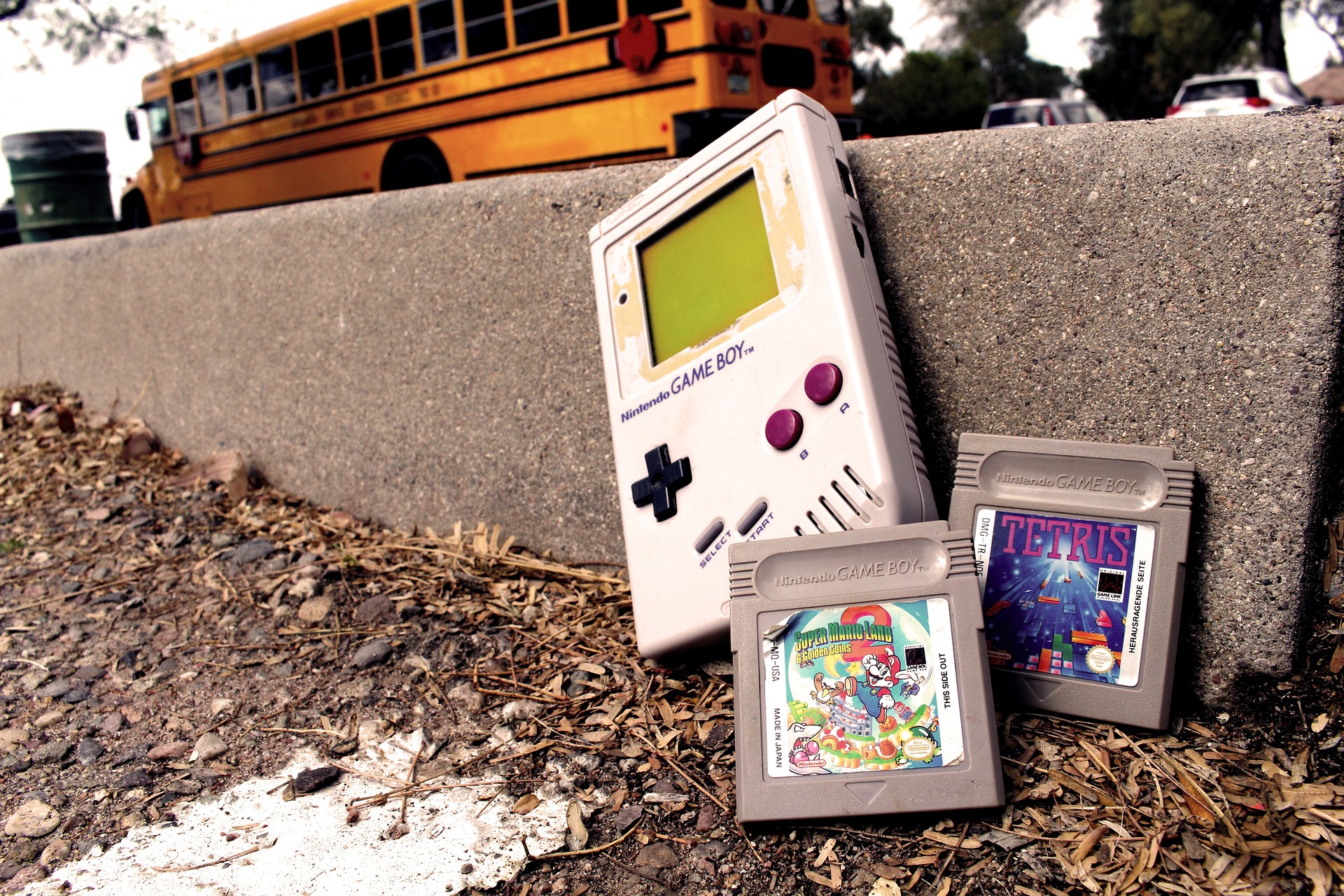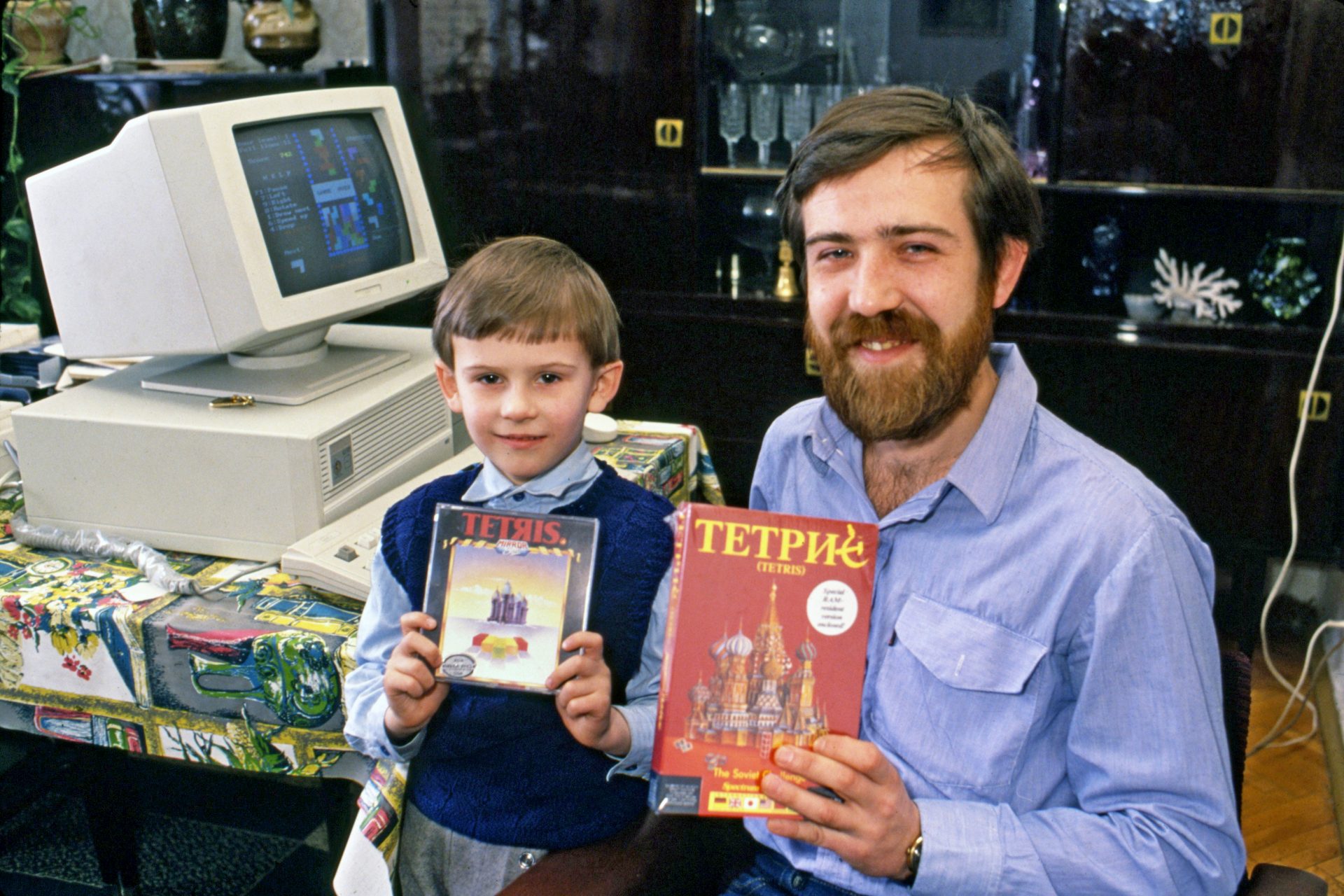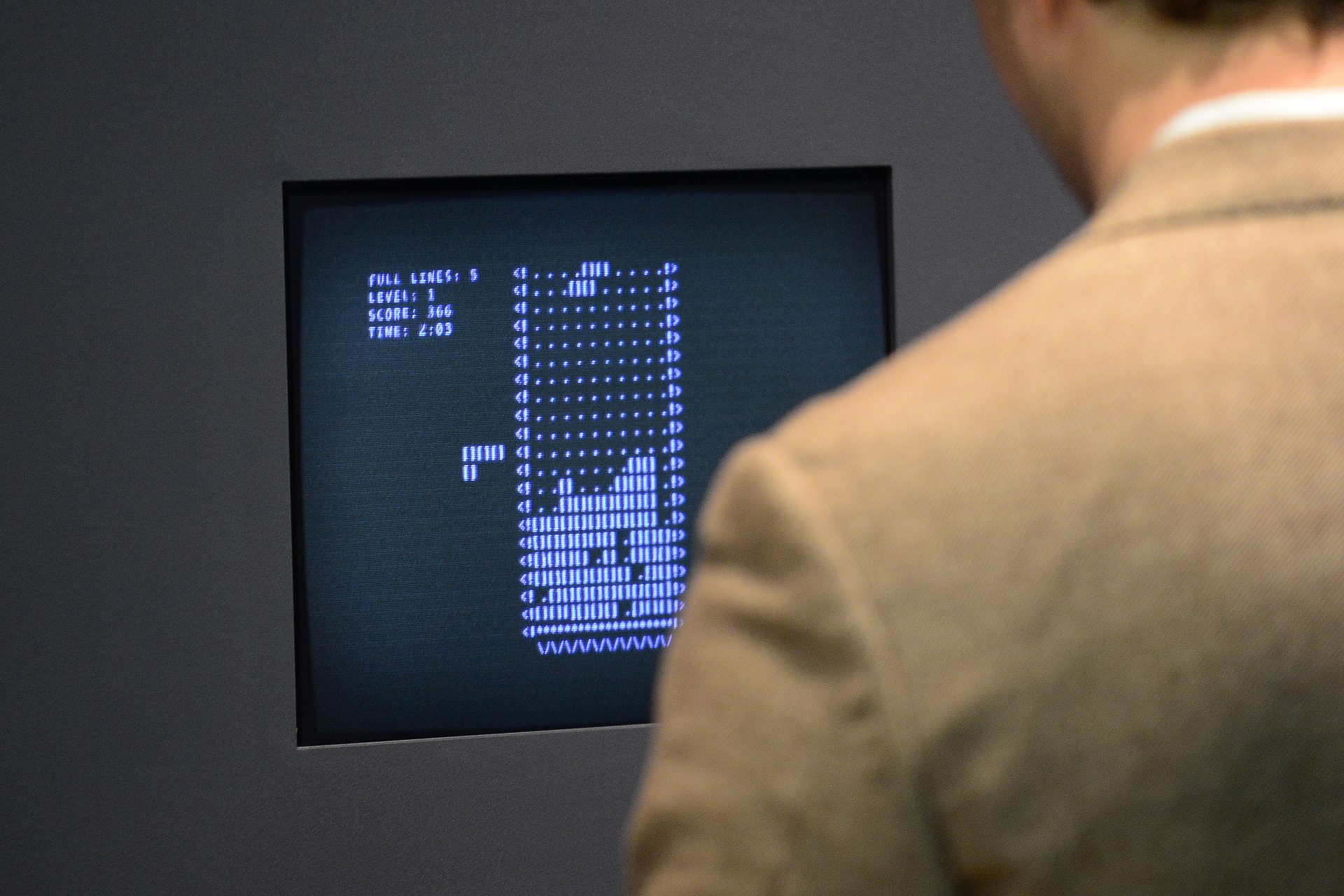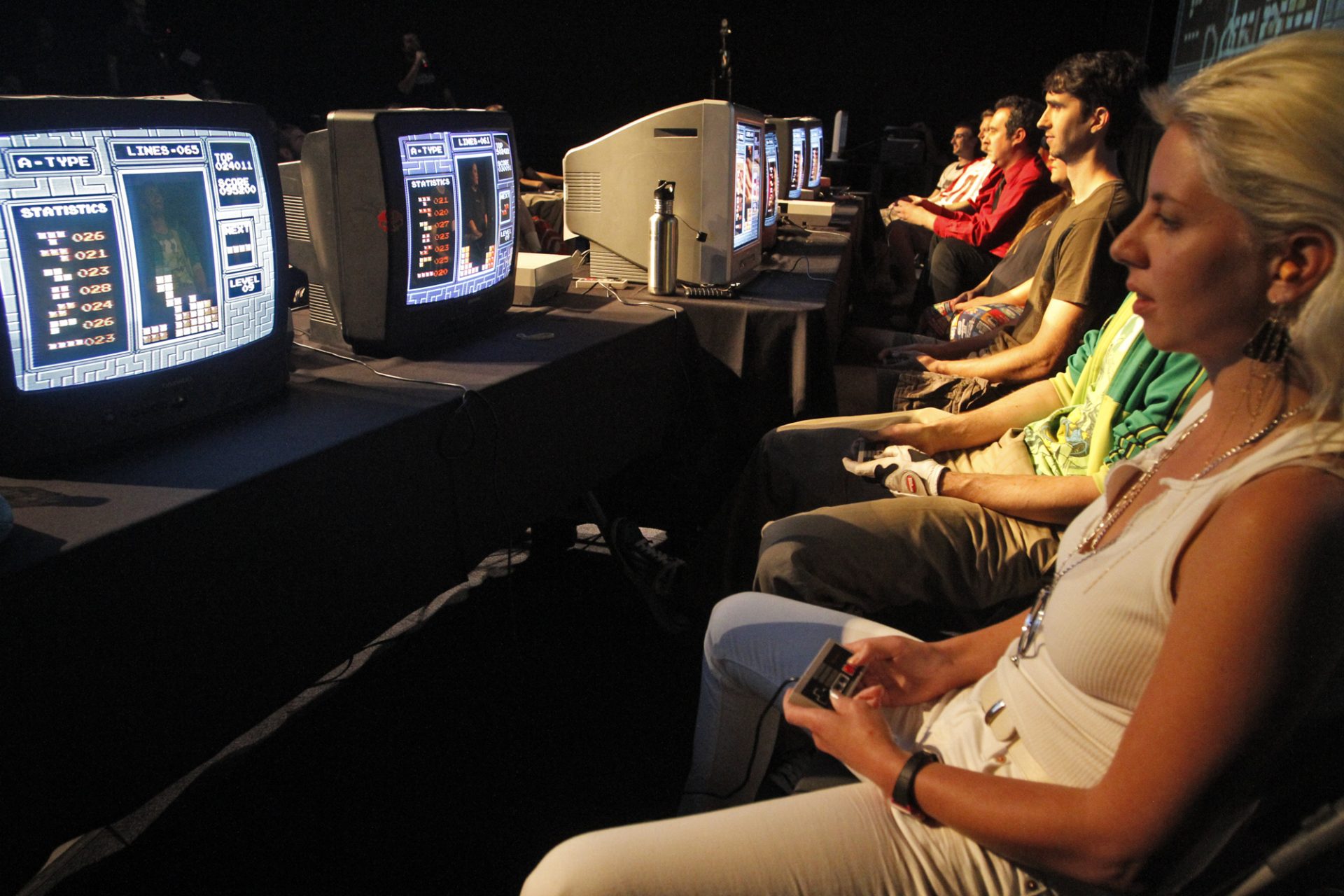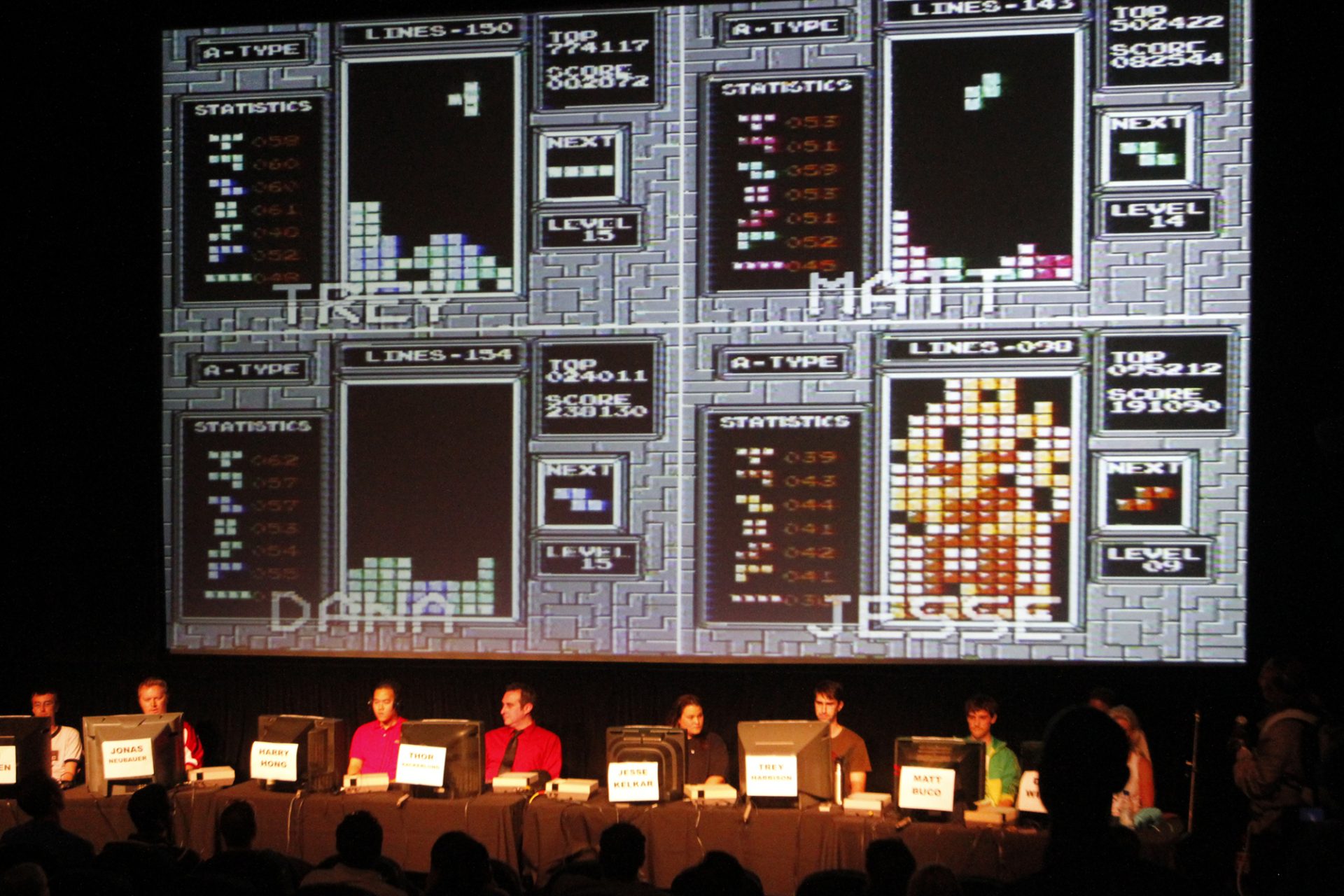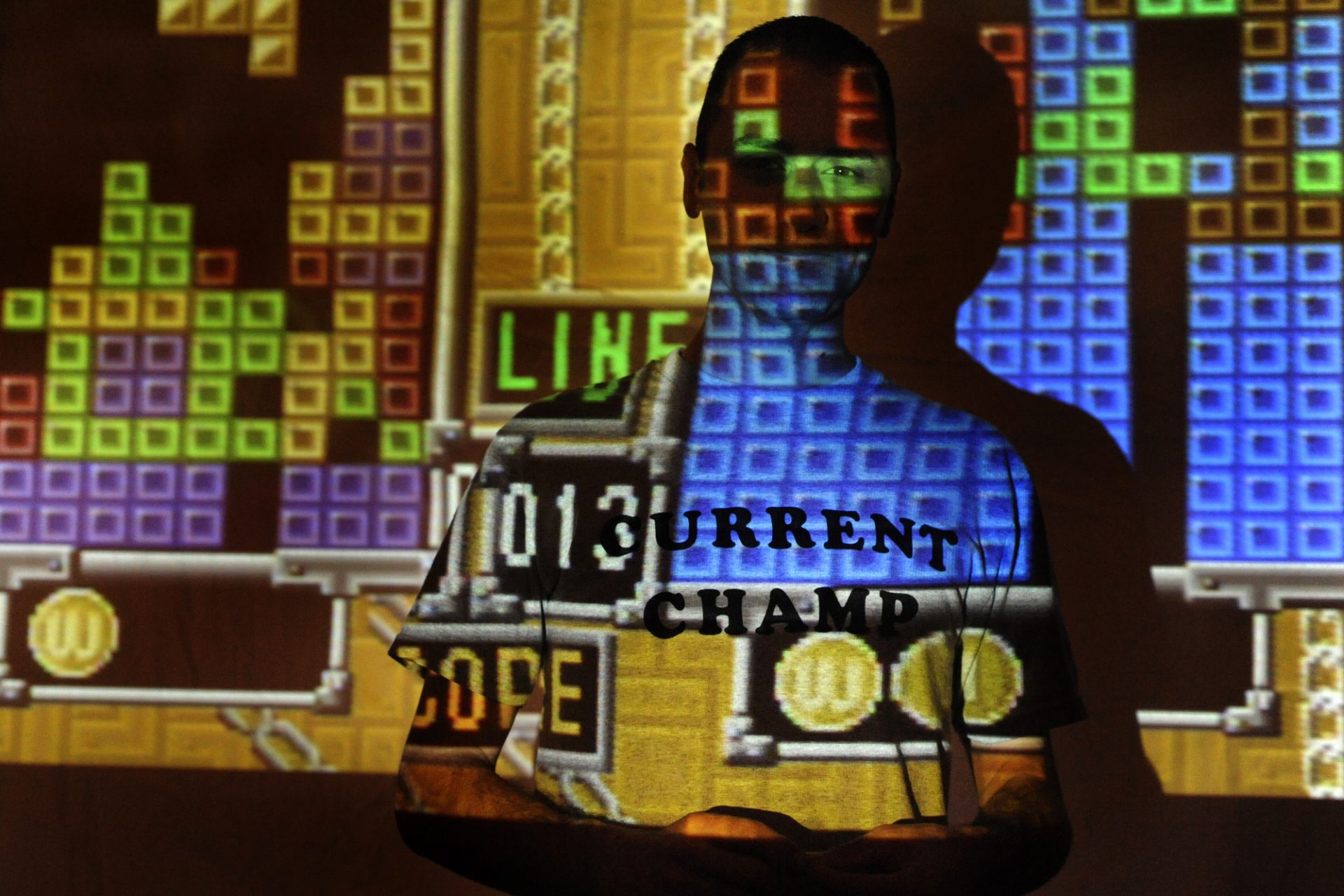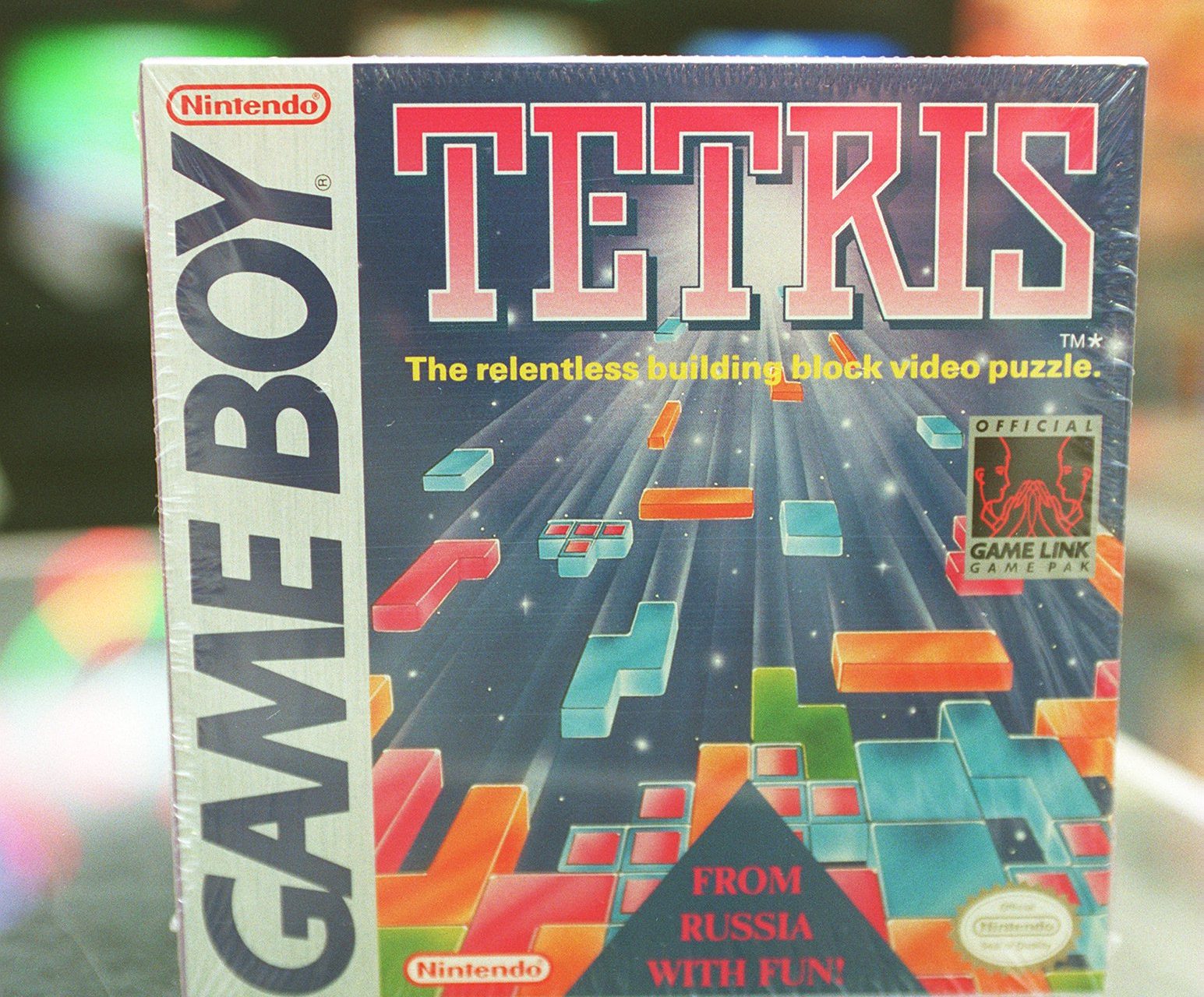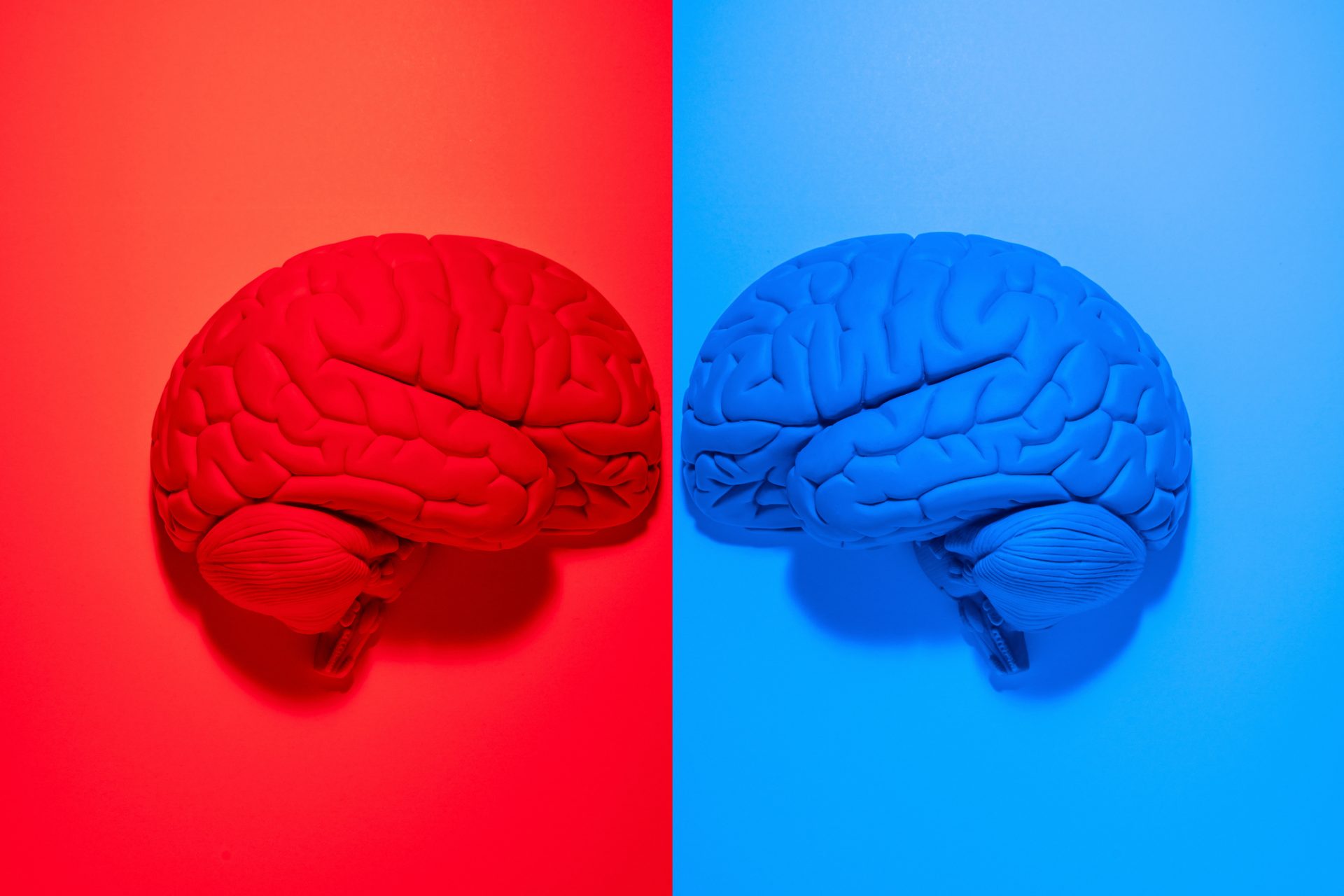Tetris: this is how the most addictive video game in history affects your brain
Since 1984, the famous Russian video game 'Tetris' is one of the most famous in history. Just as popular as it is addictive, knowing why this simple game of colored pieces engages male and female players is a mystery no more.
Let's start by getting to know a little about the history of this popular logic game. The first version of 'Tetris' was launched in June 1984 by Russian computer engineer and video game developer Alekséi Pázhitnov. Almost four decades later, the world is still hooked on a dynamic that is as simple as it is addictive.
If we analyze it, the mechanics only consist of six colored pieces, sent to the player one at a time, so that they can place them and try to make complete lines that will disappear.
The game ends when the player cannot fit the pieces in properly, and they reach the top of the screen. Simple, right? Well, there is much more to it.
And in 'Tetris' everything is designed so that the brain always wants more. From the colours to the music, through the challenge of each round, the speed of the falling pieces and, of course, the competition with other players.
Only in this way can we understand why this game has sold more than 100 million units and continues to be a hit four decades after its launch.
Photo: Freepik - Nintendo
To put it in context, some of the games released in 1984 are 'ExciteBike', 'Elite', '1942' or 'Duck Hunt'. None of them were very successful, really.
Returning to 'Tetris', many neurology and psychology professionals have analyzed how playing this Russian video game affects the brain.
And they all come to the same conclusion: the constant challenge and the satisfaction of solving the problems it presents are the keys that make 'Tetris' so addictive.
Adam Alter, professor of Psychology and Marketing at New York University, explains some more reasons for the video game's success in his book 'Irresistible'.
The fundamental thing is that each piece that appears on the screen represents a challenge that the brain must solve quickly. Doing so produces immediate satisfaction that leads to wanting more.
In fact, Adam Alter argues that playing 'Tetris' helps reduce stress, since the mental process that the game requires involves total attention and, therefore, prevents thinking about other things.
Furthermore, both Adam Alter and other Neurology professionals claim in several studies that 'Tetris' helps improve the areas of the brain dedicated to attention and reasoning.
This learning is reinforced by the pleasure that comes from fitting the pieces together and ensuring that everything is in harmony. It's like building a perfect building in which everything fits the way the player wants.
Giving order to chaos implies satisfaction, even in this case, ordering chaos implies that creation disappears when each line is completed.
This also means that the player will only see the errors on the screen, the poorly placed pieces, which leads the brain to work to correct them, in a perfect metaphor for what life itself is.
Obviously, one of the fundamental bases of 'Tetris' lies in the simplicity of its mechanics. You don't need instructions; just play a game to know how it works. From there, each player can see how far they can get.
This evolution, of course, goes by levels and what starts out easy, with the pieces falling slowly, becomes more complicated more quickly as the player overcomes phases. In the photo, Aleksei Pázhitnov in 2015.
On the other hand, 'Tetris' is infinite, as Adam Alter reminds us. That is, it ends when the player is eliminated but there is no final objective, but self-improvement.
More for you
Top Stories








